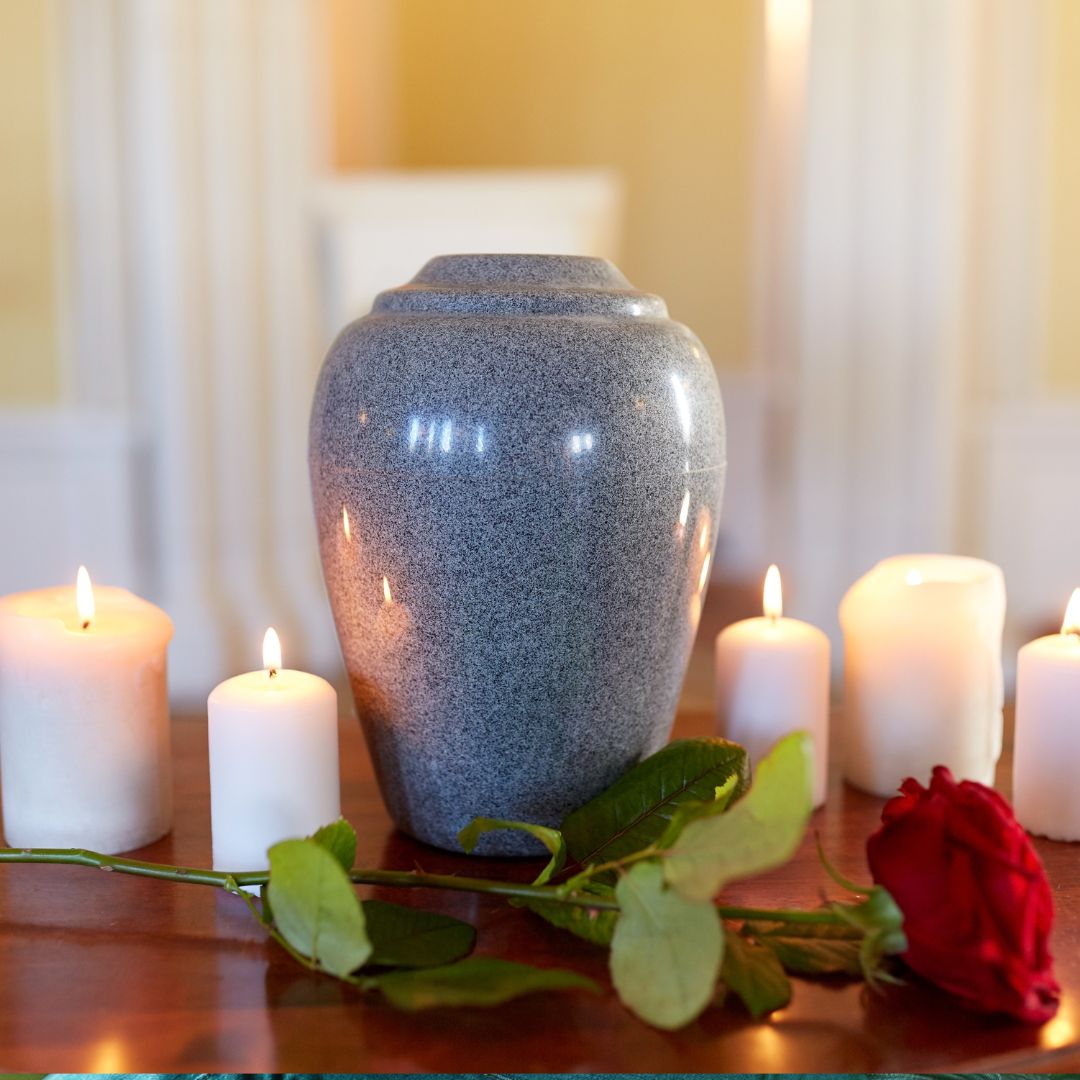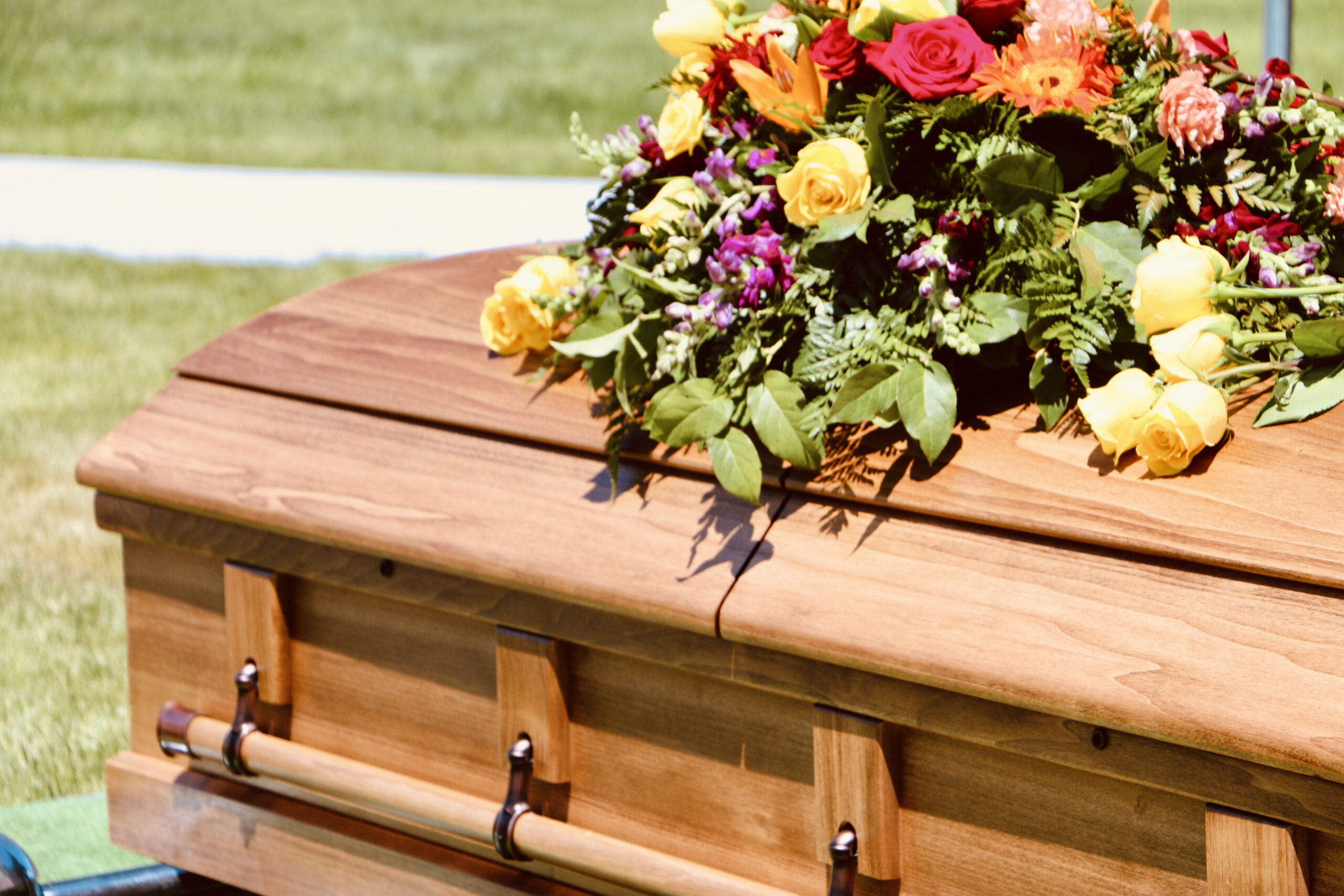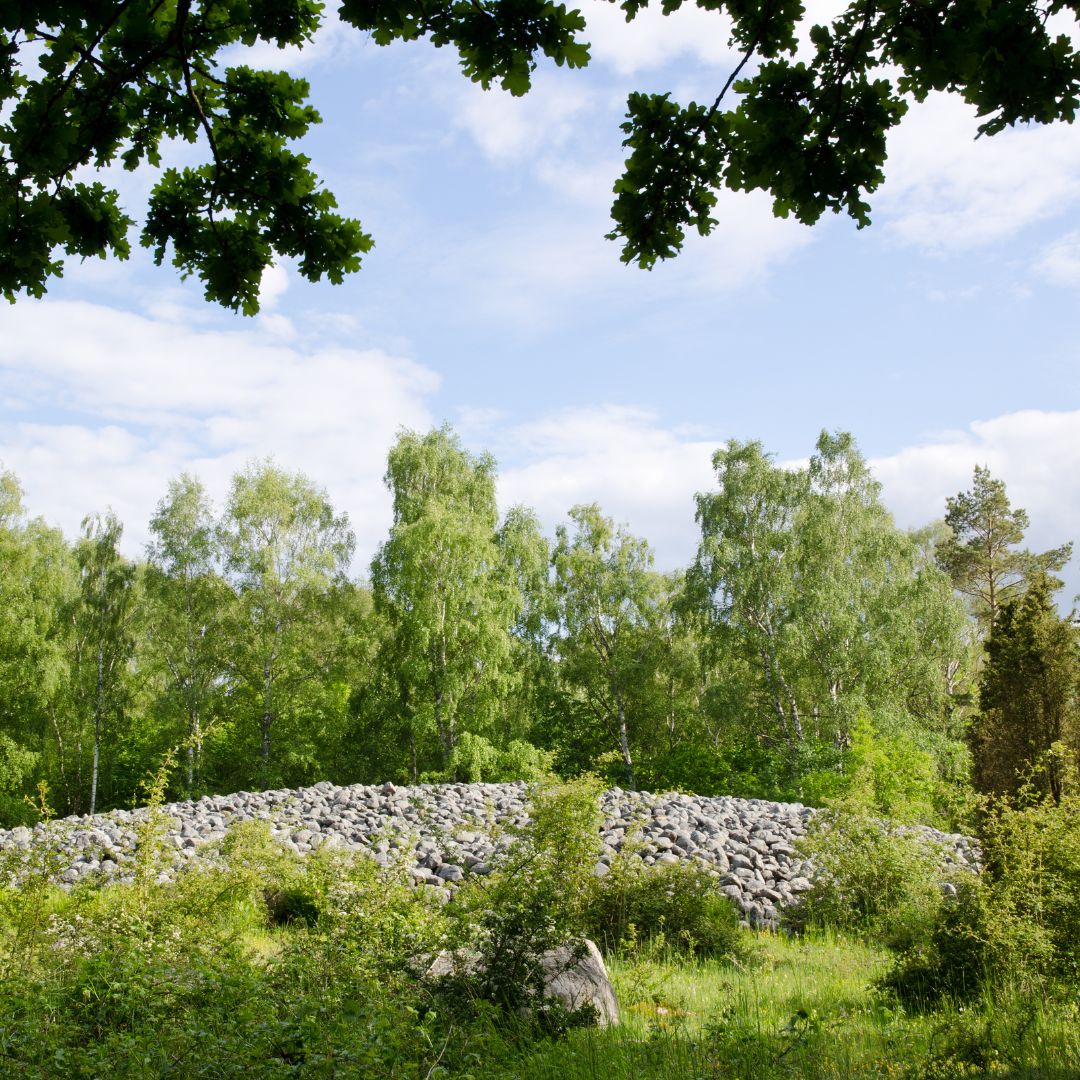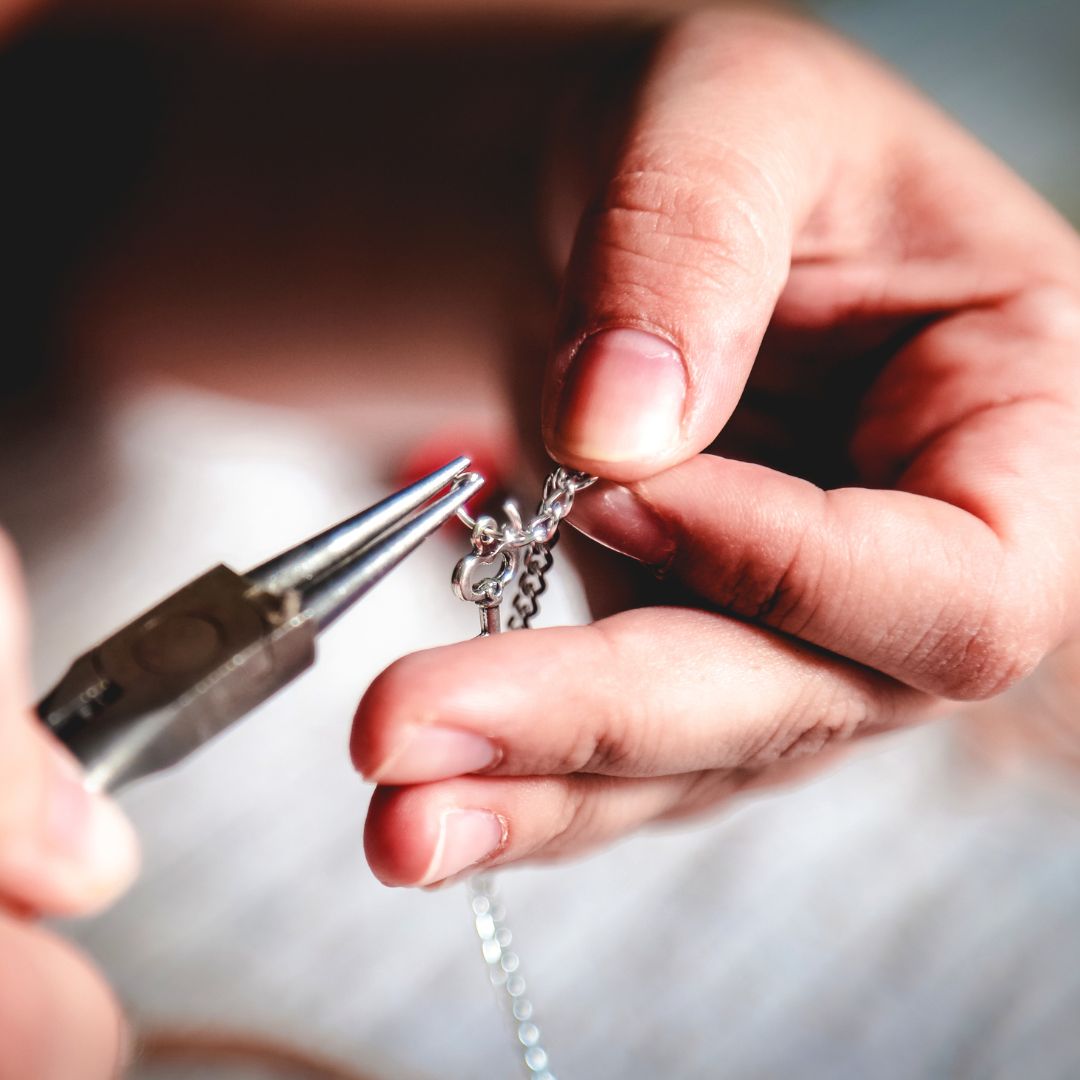Cremation is an increasingly popular choice for end-of-life arrangements, but it is often misunderstood due to the many myths and misconceptions surrounding the process. These myths can lead to confusion and hesitation when families are deciding how to honor their loved one. To help provide clarity, here are some of the most common myths about cremation and the facts that dispel them.
Myth 1: Cremation Prevents Families from Having a Funeral or Memorial Service
Fact: Many people mistakenly believe that choosing cremation means forgoing a traditional funeral or memorial service. In reality, families can still hold a full funeral or memorial service before or after the cremation process. Whether it’s a religious ceremony, a celebration of life, or a simple gathering, cremation offers the flexibility to create a service that honors your loved one in a meaningful way.
Myth 2: Cremation Is Against Certain Religious Beliefs
Fact: While it is true that some religions have specific beliefs about cremation, many religious groups have come to accept the practice. For example, while the Catholic Church traditionally preferred burial, it now permits cremation as long as it is done respectfully and is not chosen for reasons that contradict Christian doctrine. It is always a good idea to consult with a religious leader if you have questions about specific beliefs and practices.
Myth 3: The Body Is Burned with Flames During Cremation
Fact: The cremation process does not involve direct flames burning the body. Instead, the body is placed in a cremation chamber where it is exposed to extreme heat, usually between 1,400 and 2,000 degrees Fahrenheit. This heat reduces the body to bone fragments, which are then processed into ashes. It is a highly controlled and respectful process that is quite different from what many people imagine.
Myth 4: Ashes Are Mixed Up with Other People’s Remains
Fact: Crematories follow strict protocols to ensure that each person’s remains are kept separate and properly identified throughout the process. Each body is accompanied by a metal identification tag that remains with the cremated remains, ensuring that they are returned to the correct family. Reputable crematories have thorough procedures in place to prevent any mix-ups or contamination.
Myth 5: Cremation Is Less Dignified than Burial
Fact: Cremation is a dignified and respectful way to honor a loved one. Just as with burial, the process is conducted with care and reverence. Families can choose to personalize the experience, whether through a memorial service, scattering ceremony, or by selecting a meaningful urn. Cremation allows for a variety of ways to commemorate a loved one, each of which can be just as meaningful as a traditional burial.
Myth 6: You Cannot Bury Cremated Remains
Fact: Cremated remains can be buried, just like a casket. Many families choose to bury ashes in a cemetery plot, and some even opt to place them in a columbarium niche. Cremation provides flexibility, allowing families to choose whether they want to scatter the ashes, keep them in an urn, or bury them in a meaningful location. Burial of cremated remains is an option for those who still wish to have a permanent memorial site.
Myth 7: Cremation Is Harmful to the Environment
Fact: While cremation does have an environmental impact, many providers are taking steps to reduce emissions and improve sustainability. Additionally, families can choose eco-friendly options such as biodegradable urns, water-based cremation (also known as alkaline hydrolysis), or planting memorial trees with a portion of the ashes. These choices can help offset the environmental impact and create a positive legacy for future generations.
Myth 8: Cremation Is Cheaper Than Burial in Every Case
Fact: Cremation is often less expensive than a traditional burial, but the total cost can vary depending on the services selected. For example, if a family chooses to have a full funeral service with cremation, the cost can be comparable to that of a burial. However, direct cremation, which involves minimal services, is generally the most affordable option. Families should carefully compare the costs of different options to determine what works best for their needs and budget.
Myth 9: Ashes Are Harmful and Should Be Handled with Caution
Fact: The “ashes” returned to families after cremation are not harmful. They are actually composed of bone fragments that have been processed into a fine powder. The cremated remains are safe to handle and can be kept in an urn, scattered, or even incorporated into keepsakes. There is no health risk associated with handling or being near the ashes.
Myth 10: Cremation Means You Cannot Have a Permanent Memorial
Fact: Families who choose cremation still have many options for creating a permanent memorial. Cremated remains can be buried in a cemetery with a headstone, placed in a columbarium niche, or even incorporated into a memorial bench or garden. Permanent memorials provide a place for family and friends to visit, reflect, and pay their respects, just as they would with a traditional burial.
By understanding the facts about cremation, families can make informed decisions that align with their values and wishes. Dispelling these common myths helps to provide clarity and peace of mind during what can be a challenging time. Whether you choose cremation or burial, the most important thing is to honor your loved one in a way that feels right for you and your family.










